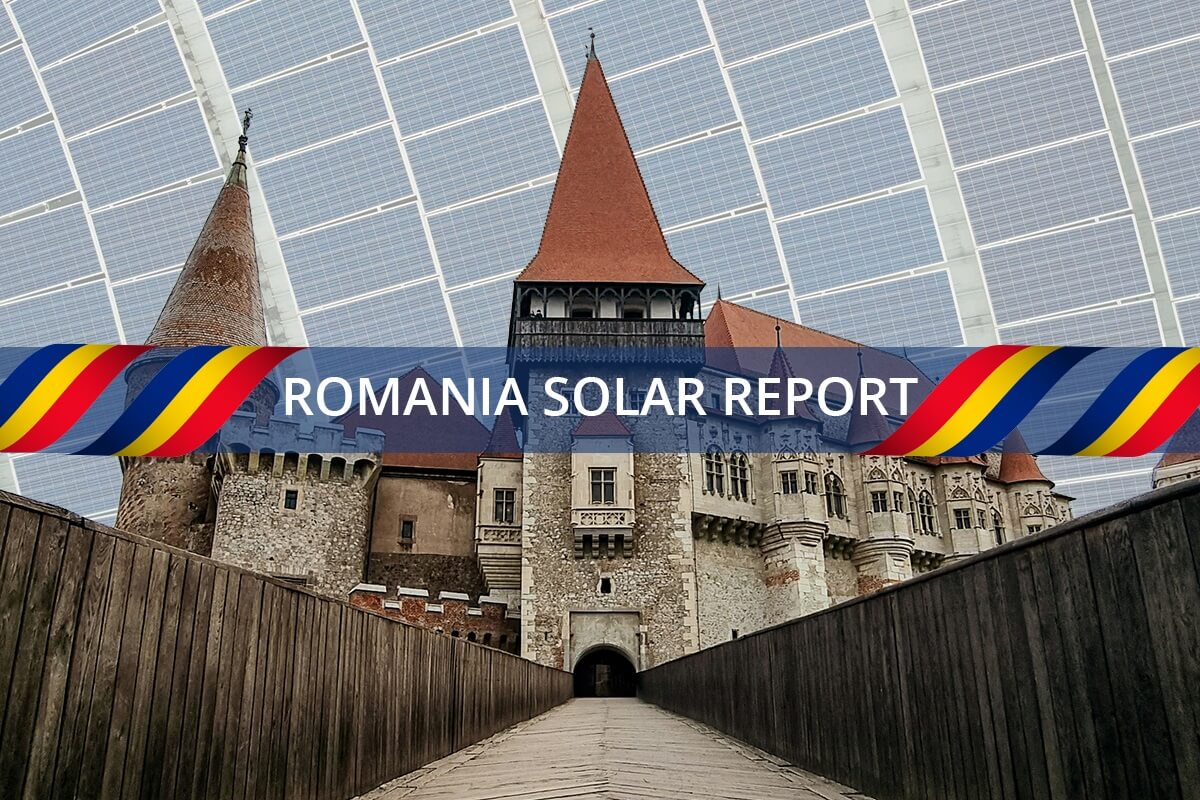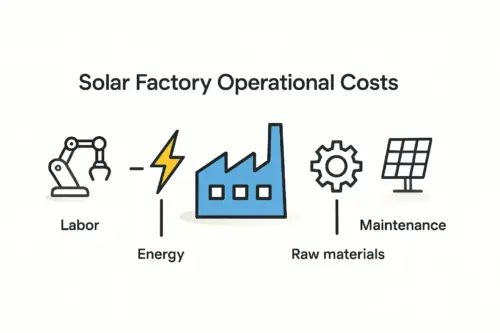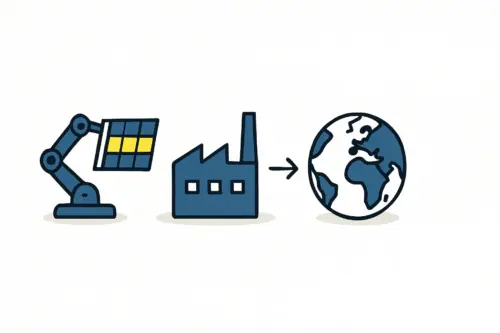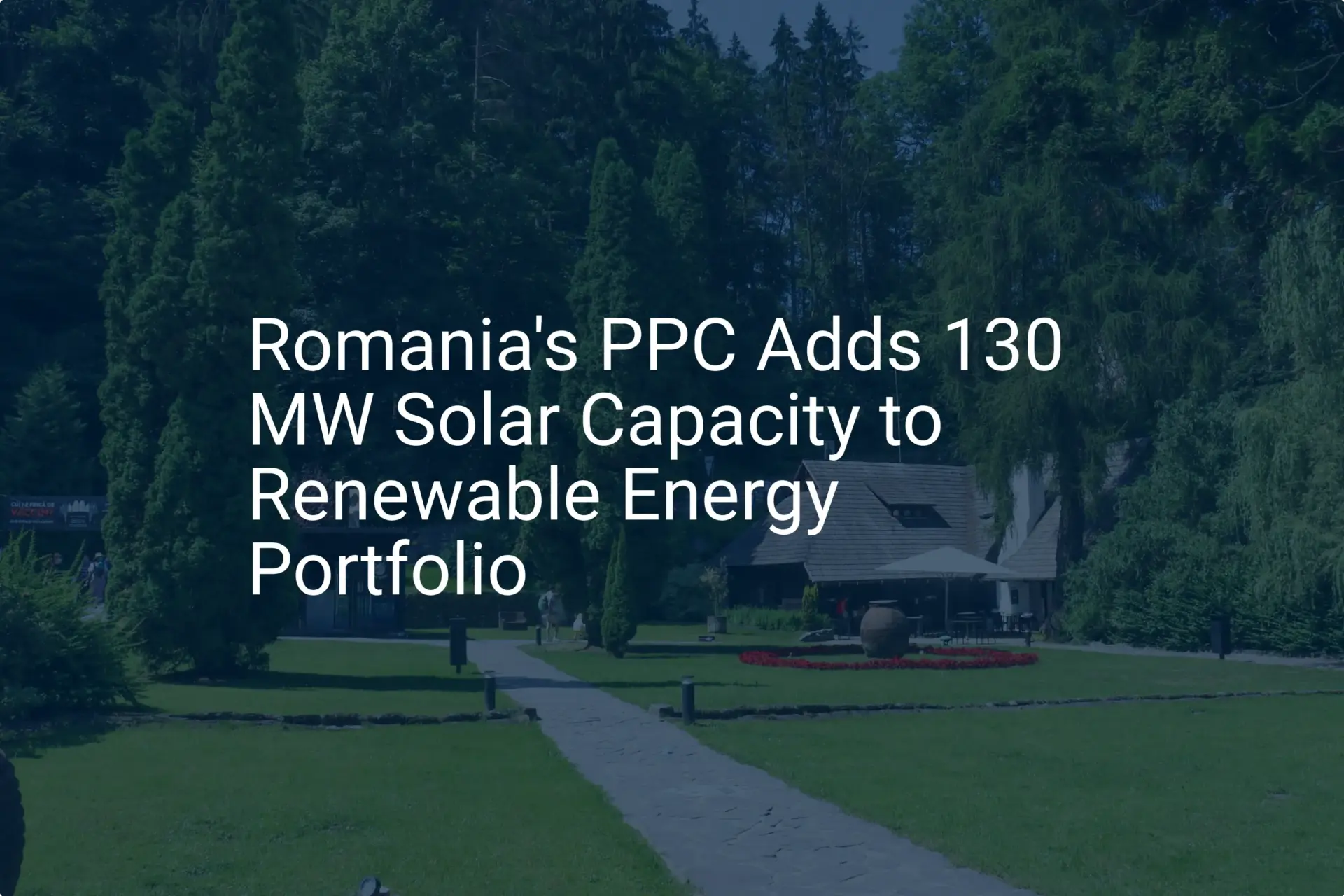Investors often assume that the most critical factor in setting up a new solar module factory is securing the right machinery. While technology is fundamental, experience shows the most decisive factor is often overlooked: the availability and quality of the local technical workforce. A state-of-the-art production line is only as effective as the technicians who operate and maintain it.
For companies exploring Europe for solar manufacturing, Romania has emerged as a location of strategic interest. Its position within the European Union, combined with a strong industrial base, makes a compelling case. However, success hinges on understanding the nuances of its regional labor markets. This analysis provides a framework for assessing Romania’s key industrial regions—Timișoara, Cluj-Napoca, and Pitești—to help investors pinpoint where to build their technical teams.
Why Romania is a Strategic Opportunity for Solar Manufacturing
Romania’s appeal extends beyond competitive labor costs. As part of the EU, it offers tariff-free access to the vast European single market, a crucial advantage for any manufacturing venture. This aligns perfectly with the growing ‘nearshoring’ trend, where companies relocate production closer to their end markets to build more resilient supply chains and reduce geopolitical risk.
Supportive policies like the EU’s RePowerEU plan are also accelerating the expansion of domestic clean energy manufacturing, creating a favorable environment for new solar sector entrants. The country’s industrial legacy in automotive and electronics manufacturing has cultivated a workforce with skills well-suited for the precision and process-driven nature of solar module assembly.
Key Criteria for Evaluating a Technical Labor Pool
Before comparing specific cities, it’s essential to establish clear evaluation criteria. A robust assessment goes beyond a simple wage comparison. For a solar module assembly line, which typically requires 25–50 employees for a starter facility, the following factors are critical:
Availability of Relevant Skills
The ideal candidate for a solar module factory is not an entry-level laborer but a skilled technician. The most valuable backgrounds include experience in automation, mechatronics, electronics, and quality control systems. A region with a history of complex manufacturing will naturally have a deeper pool of individuals with this foundational knowledge.
Sustainable Talent Pipeline
Technical universities and vocational training centers are leading indicators of a region’s long-term viability. These institutions ensure a continuous supply of new talent, which is vital for scaling operations and replacing personnel over time. They also provide opportunities to upskill the existing workforce as production technology evolves.
Industrial Ecosystem
A strong local ecosystem of suppliers, logistics providers, and maintenance services can significantly reduce operational friction. An established industrial base provides this network, allowing a new factory to integrate more quickly and efficiently.
A Comparative Analysis of Romania’s Industrial Hubs
While several cities in Romania have industrial capabilities, three stand out as primary candidates for solar module manufacturing due to their distinct labor profiles and ecosystems.
Timișoara: The Western Gateway
Located in western Romania near the borders with Hungary and Serbia, Timișoara has long been a focal point for foreign investment, particularly from Germany and Italy. Its economy is heavily focused on automotive components and electronics manufacturing, with major employers like Continental, Dräxlmaier, and Hella shaping the local labor market.
Ready to make big Profits?
The solar Industry is Booming
WE HELP NEWCOMERS to the solar industry start their own solar module production line. Customers can make BIG PROFITS by selling modules and finding investors, without wasting money and time on things they don't need!
Labor Profile: The Timișoara workforce is known for its high degree of technical proficiency, particularly in automation and process engineering. Decades of exposure to German manufacturing standards have instilled a culture of precision and quality. Many technicians are multilingual, with English and German commonly spoken.
Educational Infrastructure: The city’s Polytechnic University of Timișoara is one of the country’s leading technical institutions, providing a steady stream of qualified engineers and technicians.
Cost and Competition: High demand means wages in Timișoara are among the highest in Romania outside the capital. The average gross salary for a skilled technician typically ranges from €1,600 to €2,000 per month. Competition for top talent is fierce, so employers must offer competitive compensation and benefits.

Cluj-Napoca: The Technology and Innovation Hub
Cluj-Napoca, the largest city in Transylvania, has transformed into Romania’s primary technology hub. While known for its booming IT and software sectors, it also has a strong industrial base, including a major Bosch factory that produces electronic control units for the automotive industry.
Labor Profile: The talent pool in Cluj is highly educated and technologically adept. While competition from the IT sector is a factor, the region produces many engineering graduates with strong skills in software, process control, and R&D—all valuable for advanced solar manufacturing.
Educational Infrastructure: Babeș-Bolyai University and the Technical University of Cluj-Napoca are among the best in the nation, attracting students from across Romania and beyond. This creates a dynamic and ambitious workforce.
Cost and Competition: Labor costs are high, often rivaling Timișoara’s, driven by the concentration of high-value industries. The business environment is innovative and fast-paced, which can be an advantage for companies focused on technology leadership.

Pitești: The Automotive Heartland
Situated in southern Romania, Pitești is the historical center of the country’s automotive industry. The city is dominated by the Dacia-Renault manufacturing plant and a vast network of suppliers that have created a deep, specialized industrial ecosystem.
Labor Profile: Pitești offers an extensive pool of technicians and engineers with hands-on experience in large-scale assembly line operations, mechanical engineering, and quality assurance. The local work culture is deeply ingrained with the principles of lean manufacturing and process efficiency.
Educational Infrastructure: The University of Pitești has strong programs in mechanical and automotive engineering, closely aligned with the needs of the local industry.
Cost and Competition: Labor costs in Pitești are generally more moderate than in Timișoara or Cluj. The sheer size of the automotive workforce means there is less competition for skilled assembly and maintenance technicians. For businesses weighing the costs of a new solar panel factory, Pitești offers a more favorable operating expenditure profile, making it attractive for investors focused on cost control and operational efficiency.

Frequently Asked Questions (FAQ)
What specific skills are most important for solar module assembly technicians?
For a modern assembly line, the most critical skills involve automation and process control. Technicians should be comfortable with PLC (Programmable Logic Controller) systems, troubleshoot electro-mechanical issues on machines like stringers and laminators, and understand quality control protocols.
What is the difference between an operator and a technician?
An operator typically runs a specific machine and performs repetitive tasks. A technician has a deeper skill set focused on machine setup, calibration, preventative maintenance, and troubleshooting problems that halt production. A new factory needs a strong core of technicians to ensure high uptime and product quality.
Are language skills a significant barrier for foreign management in Romania?
In these primary industrial hubs, this is rarely an issue. English is widely spoken among younger professionals and technicians. In western Romania, particularly around Timișoara and Arad, German is also common due to the strong presence of German companies.
How long does it take to recruit and train a core team for a new line?
Based on experience from J.v.G. turnkey projects, recruiting and training the initial core team of technicians and key operators takes approximately three to six months. This period allows for careful candidate selection and comprehensive training on the specific equipment being installed.
Your Next Steps in Planning
Choosing a location is a foundational decision that influences everything from operating costs to long-term growth potential. Romania offers several excellent, but distinct, options. Timișoara provides a highly skilled, multilingual workforce at a premium cost. Cluj-Napoca offers a tech-savvy talent pool ideal for innovation. And Pitești presents a deep, cost-effective workforce with unparalleled experience in large-scale assembly.
Once a potential region is identified, your next step is to develop a deeper understanding of the complete solar panel manufacturing process. This knowledge will help you align your facility plans, equipment selection, and recruitment strategy with the unique strengths of your chosen location.






